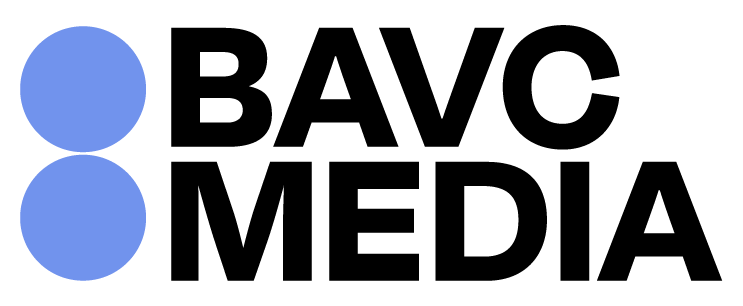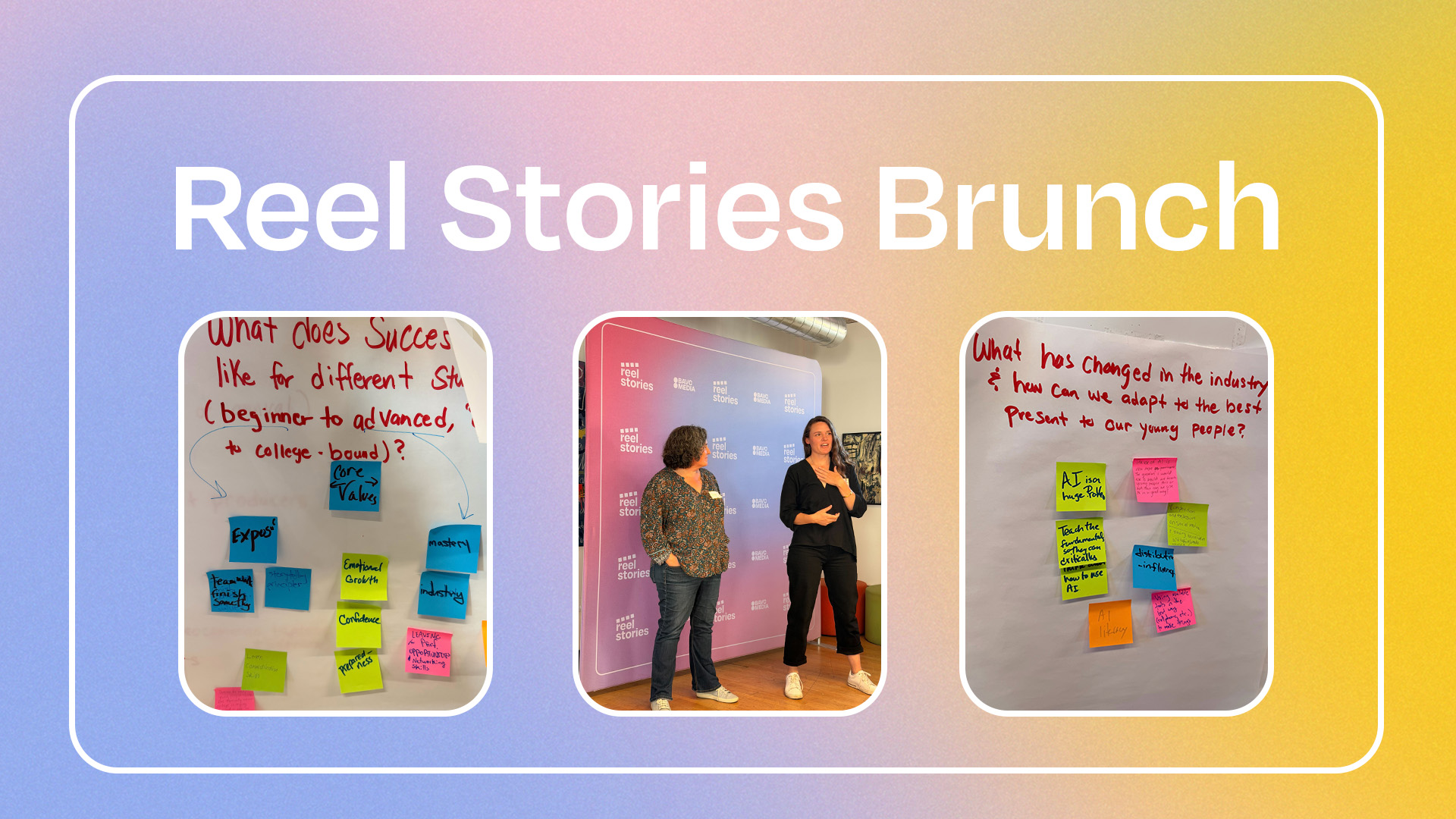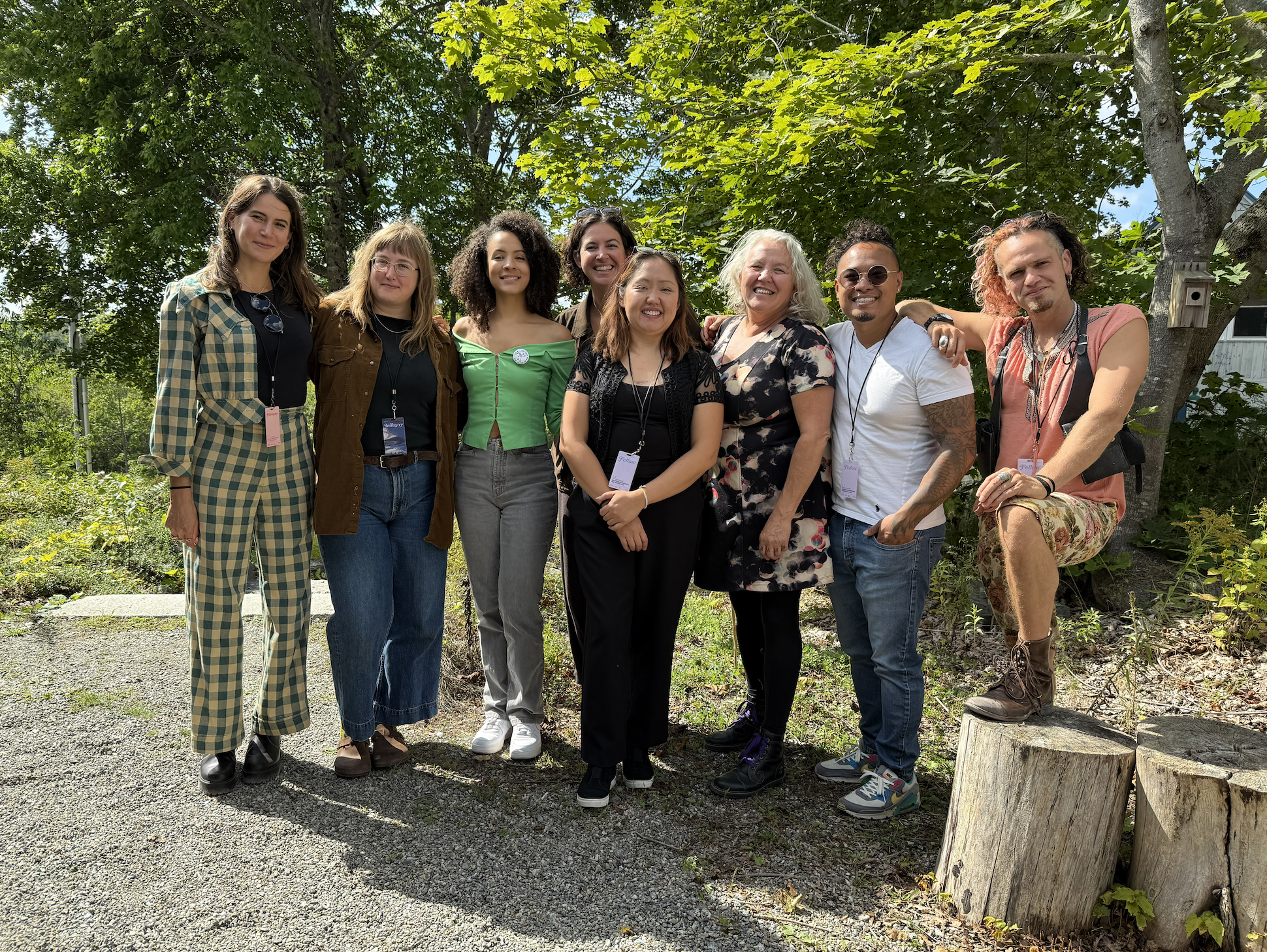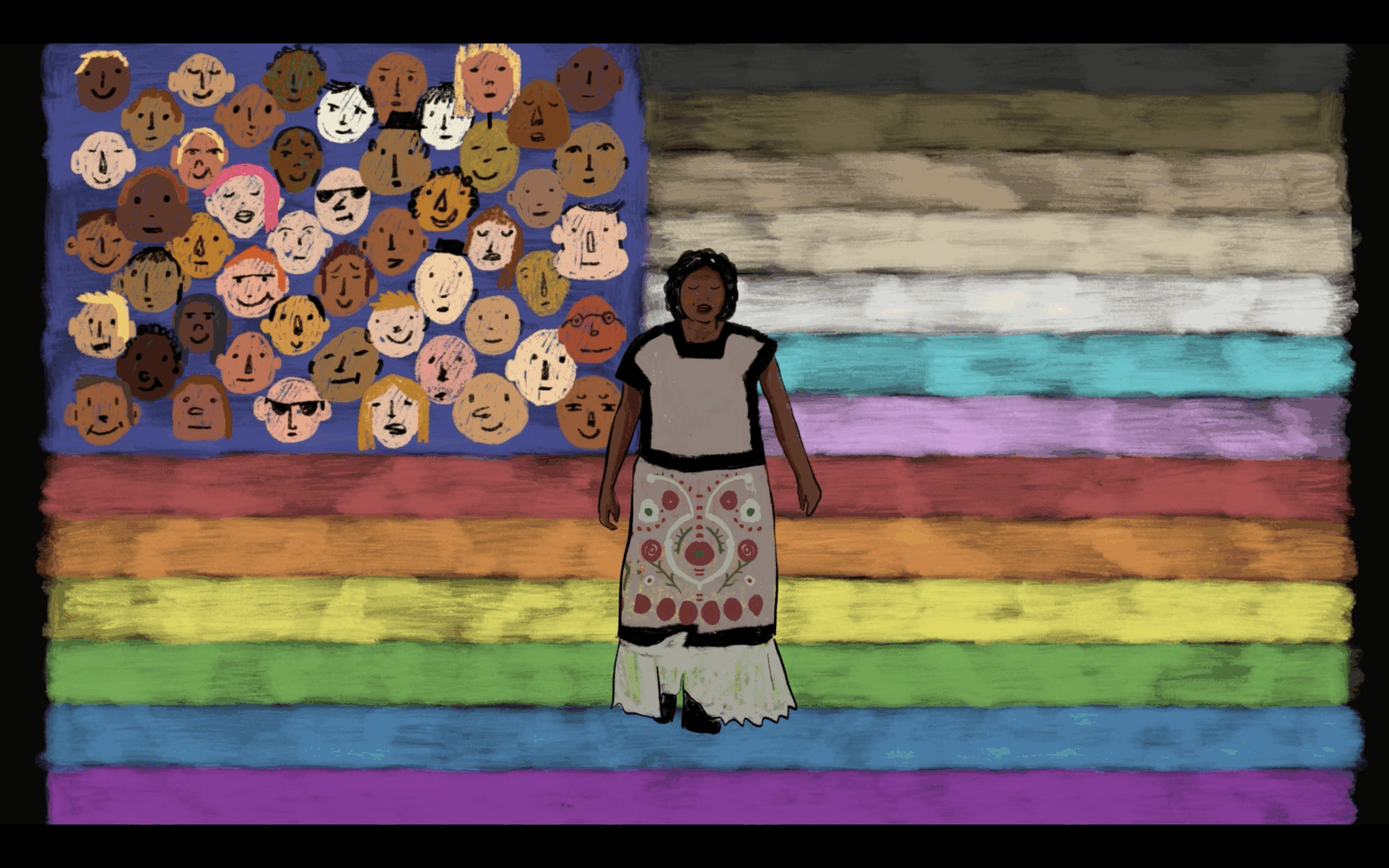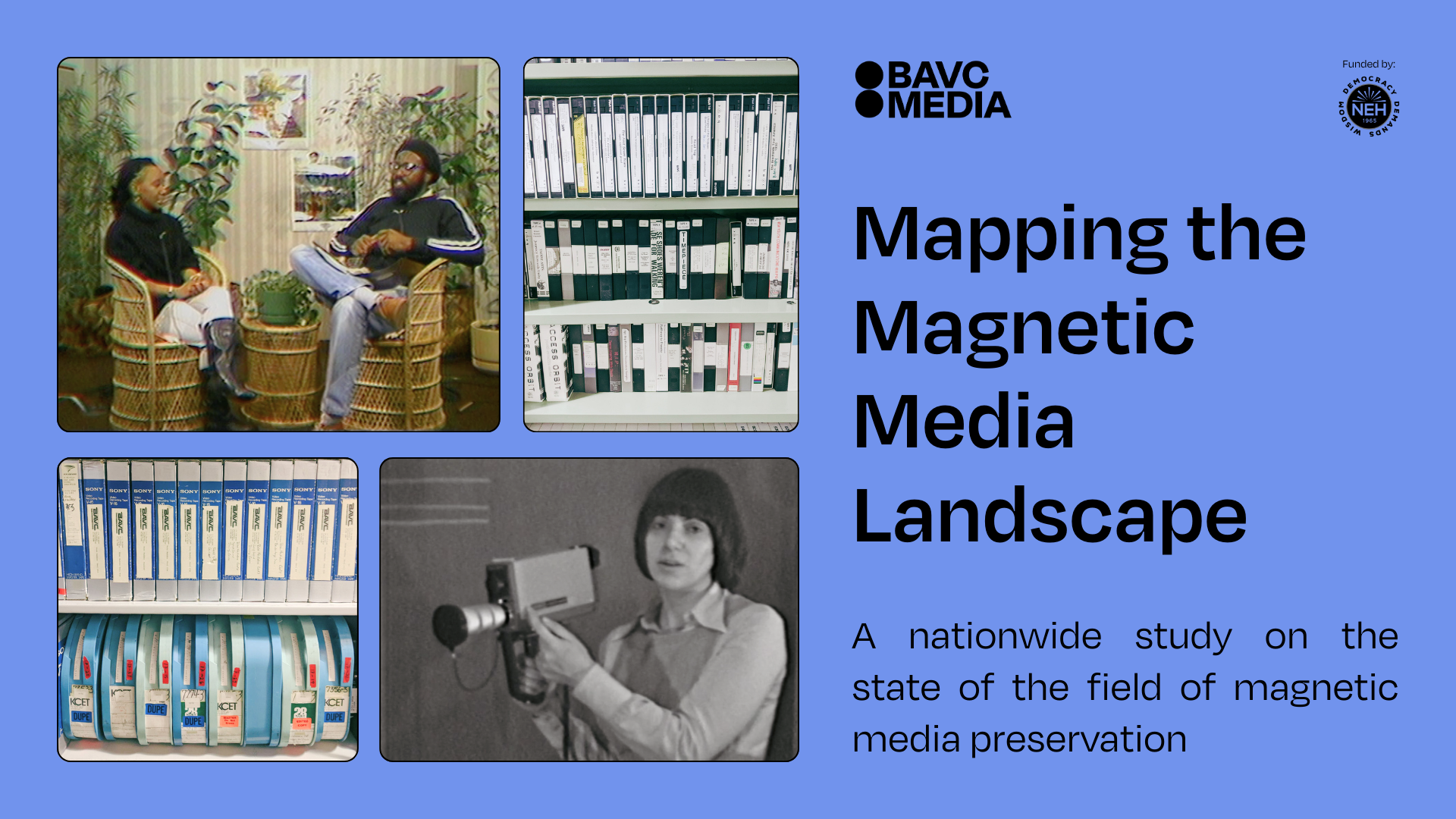From Freelance to Google, Video Production Pros Break it Down
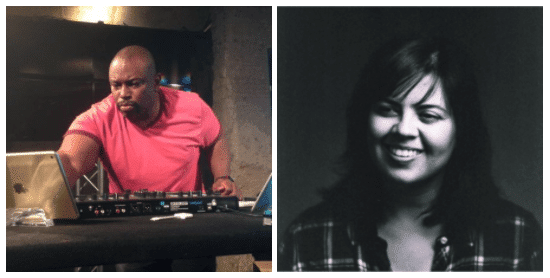
September’s Tech Talk Tuesday featured Cleave Frink, Jr. Production Manager and Liz Cabrera, Producer of the Google Developer Studio, video production arm of the Google Engineering team. They gave us a glimpse into how they arrived to their current roles, advice on how to build a career in video production, and how different business settings can influence the types of roles available. And while both Cleave and Liz confirmed that the current video production market is competitive, especially in the corporate realm, demand continues to grow based on how the global population consumes media. So don’t give up! You could land your next gig sooner than you think.
Here are our top five takeaways from the conversation:
- Mentor-as-Agent. Liz talked about her internship at ITVS where she found a mentor in a producer who wound up becoming her de facto agent, recommending her for gigs he heard about through his network. Don’t underestimate the connections you can build as an intern or Production Assistant (PA): get on the radars of people who can help you.
- Take All the Gigs. Once you’ve started making the connections thanks to a mentor or someone who has worked with you, start taking the gigs you get offered (even if they seem beneath you). Liz recalled that her gig running bananas to set, led to something better. Cleave added that taking different kinds of gigs is also a great way to figure out what you most want to do, something touched on during the Q&A portion of the evening. Ask yourself: what part of production suits your personality best or brings you the most joy? Taking gigs and exposing yourself to different roles can help you sort out what floats your boat from what feels like dead weight.
- Be the ‘What-do-you-need?’ Person. When you’re working a gig, try to be the ‘what-do-you-need’ person on the set. Cleave told us about a time early on in his career when as a PA he planted himself next to a 1st Assistant Director (AD) and kept asking him “what do you need, what do you need.” Soon thereafter, the AD asked the Producer, “Where is that guy?!” Cleave had become indispensable to that AD, and by extension, to the entire production. And that AD? He became a solid reference. In fact, Cleave still employs the “what do you need” philosophy at Google. No task is too small to take on in support of the team, and that same attitude and follow-through is a combo he looks for in the people he hires.
- It’s About Who You Know. One of our attendees asked if he should add another skill to his toolkit by investing in learning After Effects, as he wasn’t getting traction on his resume. Cleave didn’t miss a beat, answering right away, “It’s about who you know. Adding After Effects isn’t going to help land a gig. You’re very rarely going to find the job by responding to a job post.” For perspective, Cleave is someone who has worked in the business for 25 years, from hosting his own radio show to working on the set with directors like Spike Lee and shooting commercials for Apple, a highly coveted gig he got because his best friend worked there. When he moved out from Florida to the Bay Area where he knew only three people, it took him months to build up his network. This also supports Liz’s phrase, Mentor-as-agent. The low-budget production you worked on as a PA could lead to something bigger the next time. With regards to After Effects, Cleave and Liz said it seems more editors are adding it to their toolkits but they both advocated to focusing your efforts on getting really good at one aspect of production, whether it’s editing, color correction, production management, cinematography. There is a caveat, however, which we’ll get to next.
- Video Production Careers in Corporate Setting. One thing we were curious about was what it’s like working in a corporate environment like Google. Both Cleave and Liz underscored that, just as with freelancing, remaining flexible is key. Situations (like when your talent is writing the script as they walk to the set) are bound to come up. On the flipside, working hours are more predictable compared to working solo. You may have less control over things like ideal shooting locations and people may cancel at the last minute due to a conflicts with their day-to-day job. This led to Cleave breaking down the three categories of companies that you may be applying to and summarizing the dynamics of each, hitting on the rise of the one-person band (aka Preditor/Motion Graphic Designer/Videographer) as an ideal candidate.
1) The start-up where no venture funding is going to be earmarked for marketing but of course they “NEED A VIDEO TOMORROW.”
2) The growing company that realizes they need a video production team so they hire 1-2 folks to run it but commit very little budget-wise.
3) The larger corporate environment who has entire crews like the one Cleave and Liz run to produce an ongoing stream of content.
Cleave cautioned that you will be asked to DO EVERYTHING in a start-up for their product/service launch video with often an extremely low budget. If that’s your jam, yes, maybe you do want to be adding other skills like Motion Graphics to your toolkit (and a lot of caffeine). Liz advised that you could put together a budget that includes the cost of a small crew and you may be surprised that they say, “Sure! Let’s do it!” Even in the growing company scenario, you may be constantly put in the position of educator, informing your boss about how much budget and resources you’ll need to produce high quality content.
Perhaps we should add a new BAVC Media workshop targeting the startups — Why You Need More Than $500 for Your Product Video. In the meantime, BAVC Media’s Job Board is a great place to find production gigs — big and small, short and long, wild and tame, never the same.
